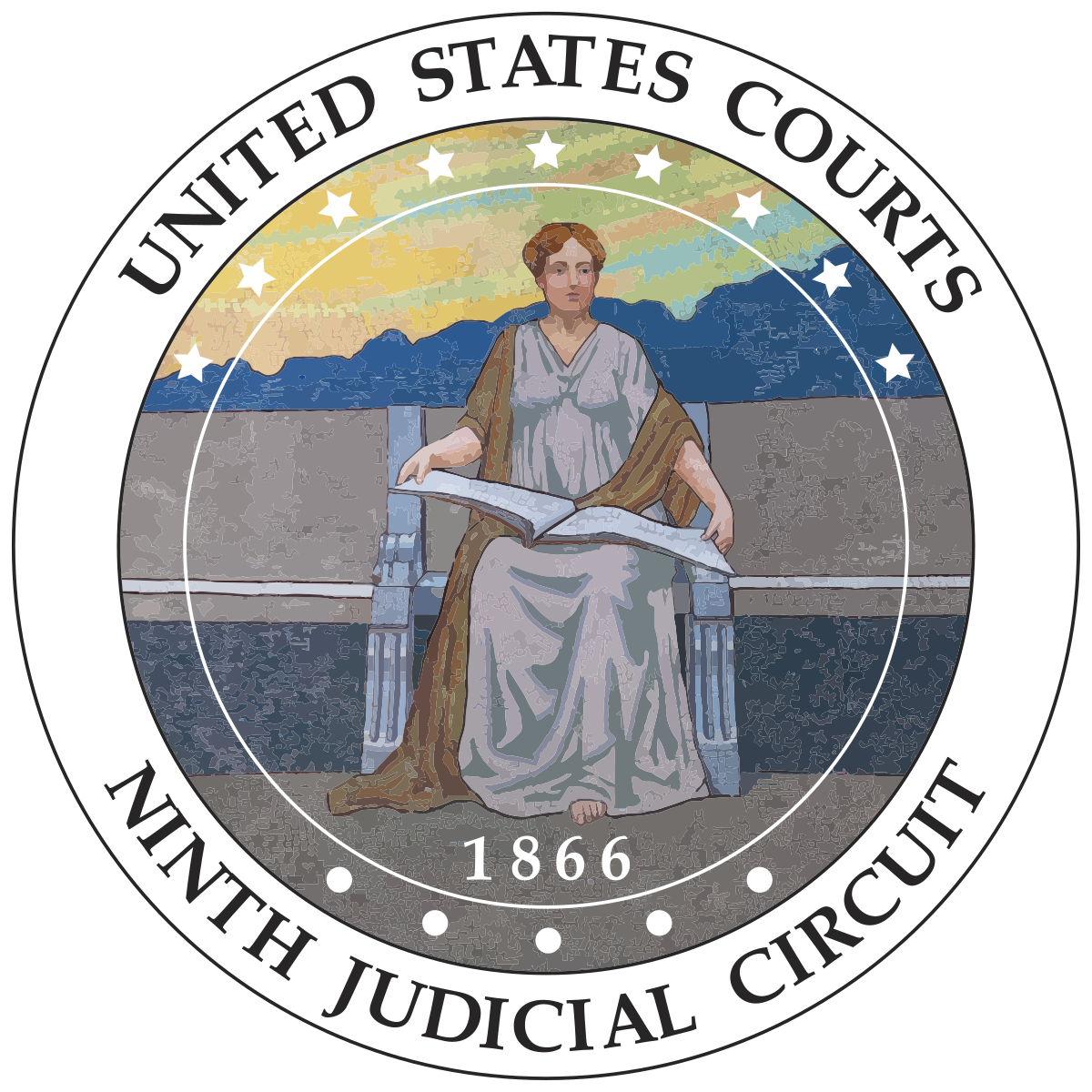William Holdner and his son, Randall, had a fairly substantial agricultural operation. They chose to report their arrangement as separate businesses. All income and expenses were reported on one return or the other. The thing that probably bothered the IRS more than anything else was that although the income was divided 50/50, the expenses were disproportionately allocated to William. William had significant income from an accounting practice, while day to day operation of the farm were handled by Randall. In order to avoid being whipsawed the IRS took a rather draconian approach in its notice of deficiency. It taxed each of them on 100% of the income and denied all the deductions. Over the three years in question the operation produced about $80,000 in taxable income, which had been reported. The deficiency notices totalled over $1,000,000 in tax.
The ultimate decision by the Tax Court was that the arrangement was a partnership and, lacking anything better to go on, net income should have been divided 50/50, which presumably was the result the IRS was aiming for when it issued the overblown deficiency notices. The Ninth Circuit just upheld the Tax Court decision. The Ninth Circuit decision does not include much detail and I would have glossed over it had I not written about the Tax Court decision, which tells a rather fascinating story. Some Tax Court decisions are more interesting than most novels. I was particularly proud of my post on the Holdner decision, because it attracted a favorable note from Annette Nellen. That was quite a boost for a rookie tax blogger whose readership numbered in the scores.
There is an important practice point in this case. Mr. Holdner created a lot of trouble for himself by treating his arrangement with his son as two separate businesses. I have a hard time seeing what he was gaining. Assuming the expense allocation was reflective of how they would ultimatly split the money, the bottom line effect that it had could have been achieved with a well drafted partnership agreement. Instead he ended up with a nightmare. I look at it as a cautionary tale.
Partnership For Tax Purposes ?
When two or more people ally in profit making activities, they might account for those activities as separate businesses and, if indivduals, report them on Schedule C or page 1 of Schedule E. Alternatively, they might file a partnership return. In that case an extra return is filed (i.e. Form 1065) and K-1s are issued to the partners. Each partner reports a share of the partnership taxable income on page 2 of Schedule E. Despite what many people think, this is not something that is a matter of free choice, except in special circumstances. In prinicple, a tax adviser should analyze the arrangement between the parties and determine whether or not the arrangement is a partnership for income tax purposes (What the individuals call the arrangement is only one of the factors to consider and probably not one of the more important ones). The problem is that in applying law to facts on this question you will find a fairly large gray area, particularly when you are dealing with people who do business on a handshake (or maybe a wink and a nod). Fuzzy law applied to fuzzy facts makes for lots of fuzz.
Why Should Anybody Care ?
Imagine a parent, probably a father, who puts the cheerios in front of the little kid and pours in the orange juice. The little kid already upset about several other deviations from the smooth running household machine that temporarily absent Mom maintains will likely complain. The answer to the complaint is something that is genetically implanted in the mind of male parents. “It’s all going to the same place anyway. Eat it.” You could look at the separate businesses versus partnership issue the same way. It all ends up in the adjusted gross income of the individuals, so why worry about it ?
It does make a difference. Even though a partnership does not pay tax, it is a “taxpayer”. It has its own accounting method and a variety of determinations are made at the partnership level. An interest in a partnership, unlike a coownership interest in an asset, such as real estate, cannot be the subject of a like-kind exchange. If you think you had a couple of separate businesses and it turns out that you really had a partnership you can end up with a pretty ugly mess, which is what happened to the Holdners.
When In Doubt File As A Partnership ?
If you have an arrangement that might be viewed as a partnership, the safer course is probably to get a partnership agreement drafted or more likely form an LLC and have an operating agreement drafted. Then file as a partnership. It is a complex area but the tip off to your arrangement being a partnership is that you are carrying on business and dividing profits. If the arrangement is substantial and there are compelling business or tax reasons to avoid partnership status you will probably need even more complicated agreements. Ironically the best person to draft them for you is probably a tax attorney who is an expert on partnerships, like my friend Charley Egerton in Orlando.
Why The Appeal ?
I suppose that is one of those questions that I will never be able to find the answer to. The facts and law in the Tax Court decision did not seem to have much fuzz in them. Mr. Holdner does have other legal troubles and seems to have no hesitancy in standing up for himself, so that may account for it.
You can follow me on twitter @peterreillycpa.
Originally published on Forbes.com Oct 21st, 2012































































































